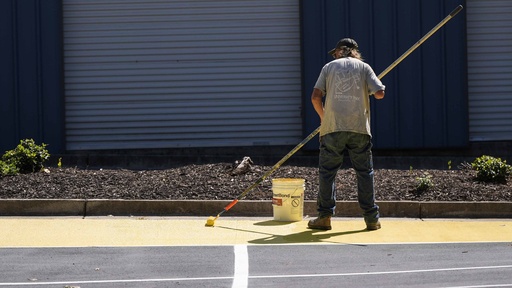Ylenia Aguilar, a mother in Arizona, has experienced the dangers of extreme heat firsthand, with her children and other kids suffering from heat-related illnesses on scorching hot schoolyards. Phoenix recently broke a record with 100 consecutive days over 100 F, highlighting the increasing risks posed by extreme heat, particularly for children who are more vulnerable to dehydration and heat-related illnesses due to their bodies’ struggles to regulate temperature accurately.
Schools in low-income and communities of color are disproportionately affected by extreme heat, with temperatures in such neighborhoods often significantly higher than in wealthier, predominantly white areas, exacerbating the risk for students and educators. Studies show that extreme temperatures not only impact health but also affect learning abilities, performance, and concentration.
Efforts are being made to cool down schools and neighborhoods through simple solutions like installing cool ground surfaces, cool roofs, window films, and planting trees. These initiatives have proven effective in reducing indoor temperatures, lessening the need for excessive air conditioning, and improving overall comfort levels for students and staff.
School districts like Osborn Elementary in Phoenix and Chaffey Joint Union High School District in California have already taken steps to implement these cooling measures, with positive results seen in temperature reductions and enhanced sustainability. However, the cost of implementing such changes remains a significant barrier for many schools, with reliance on grants often falling short of covering the necessary expenses.
Experts emphasize the importance of combining efforts between schools, local governments, and communities to create a more comprehensive approach to cooling schools and neighborhoods. By integrating various strategies and resources, significant improvements in comfort levels and environmental sustainability can be achieved, ultimately creating safer and more conducive learning environments for all.
